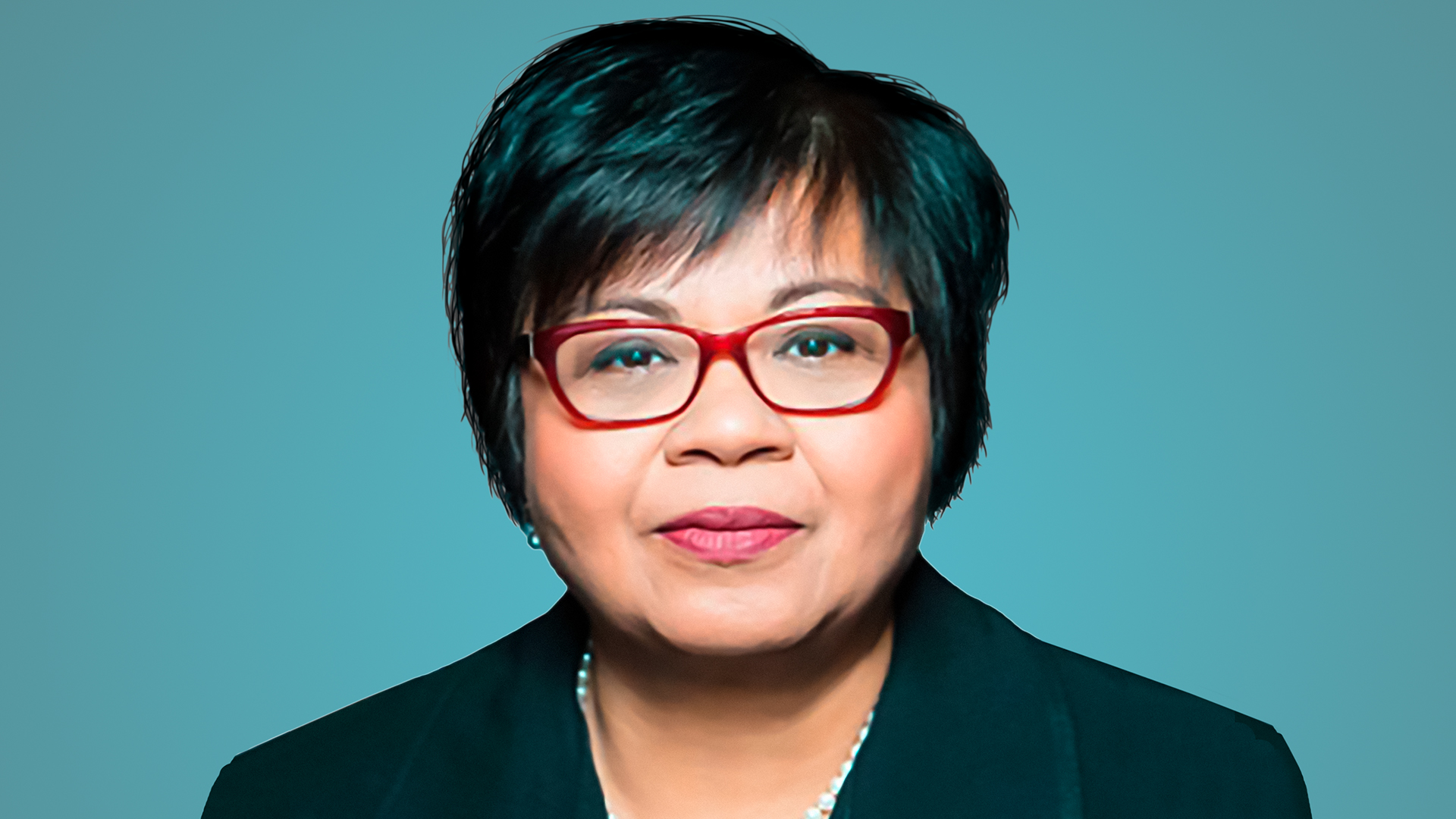Jaya Kolhatkar
Executive VP of data, Disney Direct-to-Consumer & International

In recent years, companies like The Walt Disney Co. have realized that building new ways to deliver entertainment and video to consumers also required new ways of understanding their audiences.
That has made cutting-edge efforts to use data analytics, machine learning and artificial intelligence to better understand consumer behavior crucial to the success of streaming services like Hulu, ESPN Plus and Disney Plus, which users around the world are rapidly embracing. As of April 3 (the most recent figures available at press time), Disney Plus had 103.6 million subscribers and Hulu’s subscriber count hit 41.6 million.
Jaya Kolhatkar, who heads up customer intelligence and all data and analytics-related efforts at Disney’s direct-to-consumer services, has been pushing forward in a variety of ways since she took on her current role last summer.
One early effort was to bring all the data analysis teams into one organization to better share insights. Another was to provide a level of consistency across those teams. “We wanted to make certain that our definitions of key metrics were consistent, so you can move from one streaming service to another and be able to understand what is going on,” she said.
Wonder Women Los Angeles: Shining Bright in the Hollywood Spotlight
The team also built a central repository for reports and data. “It makes it much easier to share those insights to the larger business teams” and to provide content creators and providers with better analytics that can help improve their movies and shows, she said.
Building closer ties between the various streaming services in terms of data analytics also makes it easier to share successful tactics and marketing insights, a move that allowed older services like Hulu to transfer their expertise to newer streamers like Disney Plus.
The smarter way to stay on top of broadcasting and cable industry. Sign up below
Kolhatkar came to her current role at Disney with years of data science experience in financial services and at such companies as Amazon and eBay. She also co-founded a data analytics startup that was acquired by Walmart in 2013 where she worked until 2018, when she took the top data job at Hulu.
We wanted to make certain that our definitions of key metrics were consistent, so you can move from one streaming service to another and be able to understand what is going on.”
Jaya Kolhatkar
Looking forward, Kolhatkar noted that technological developments in terms of artificial intelligence, deep learning and other areas will provide Disney’s streamers with even better tools in the future. But data scientists need to pay closer attention to some fundamental issues, she said.
“I feel we need to figure out how we blend humans and machines in a better way,” Kolhatkar noted. “There needs to be a feedback loop between the two, so we can get the best from both. Sometimes we let the machines run and don’t have enough human input.”
The ethics of artificial intelligence as it relates to diversity are another area she is watching closely. “We have to figure out how we can make sure AI is leveraged ethnically and how we can make sure our algorithms are not targeting one group or benefiting one group,” she said.
Encouraging Women in Tech
Companies also need to find ways to diversify their workforces and encourage women in technology. One aspect of this involves programs that would help women return to the workplace after taking time off to have families, she said.
“The pace of change in technology is so rapid that it is hard to come back after being out for three to five years,” she said. “That’s unfortunate, because these are very experienced women and a very valuable resource. Companies need to think about ways that they can use these valuable resources and provide them with the help they need so they can come back and join the workforce.”
While women generally remain underrepresented in tech fields, Kolhatkar noted that data analytics tends to be more diverse and offers great opportunities. “There are a lot of roles in data that don’t require you to have an engineering degree or a Ph.D.,” she explained. “There is a diversity of roles that allow women to break through and grow careers.”
